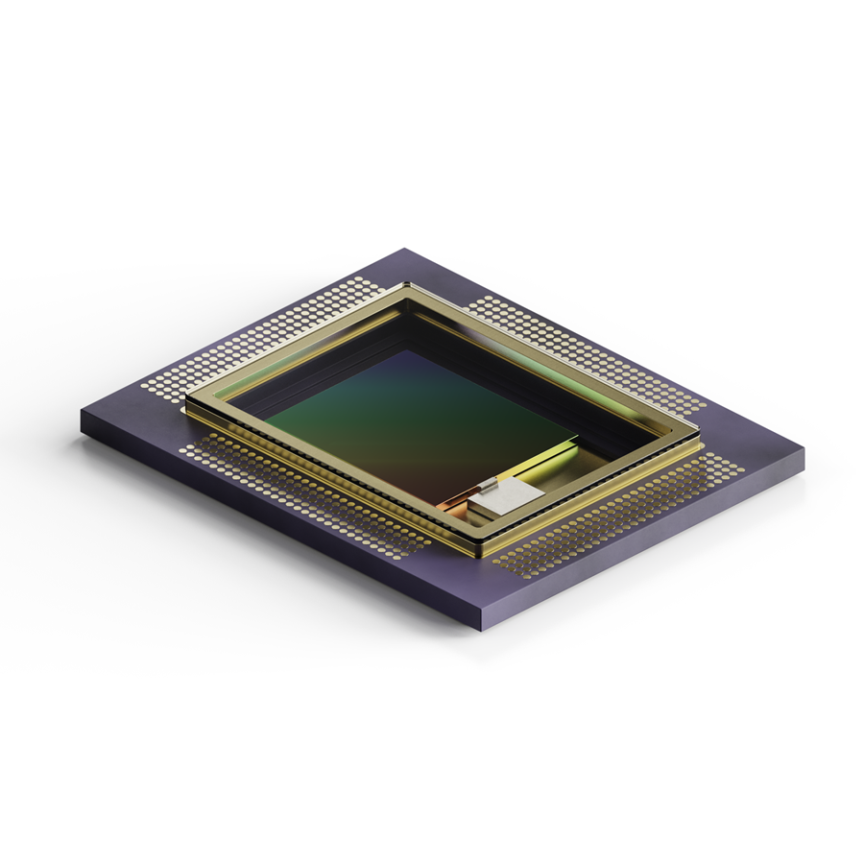The use of lasers for the production of jewellery and other fine objects may not be uncommon, but Rofin’s welding system has helped create one of the world’s most expensive pieces of art.
Damien Hirst’s diamond-encrusted skull officially became the world’s most expensive piece of contemporary art, after it was bought in August 2007 by an unnamed investment group for £50m. The skull, entitled ‘For the Love of God’, was created for the artist by Bentley & Skinner of Bond Street, London using 8,601 of the world’s most perfect, flawless diamonds and 2,156 grams of platinum. The creation of the piece took 18 months of work by Bentley & Skinner and the skull also has the distinction of being the largest diamond piece commissioned since the Crown Jewels.
An original 18th century skull of a mid-30-year-old man was used to make a cast before 32 individual platinum plates were created and subsequently joined together using a Rofin StarWeld Performance laser welding system.
The individual components of the StarWeld Performance laser welding system are held in the hands underneath the laser beam, with the precise location of the laser weld accurately viewed through a microscope, thus ensuring accurate welds each time. The welding process was repeated until all of the 32 plates were joined, forming the setting piece for the diamonds.
Manual laser welding allows platinum, and other precious metals such as gold, silver, stainless steel and titanium to be joined together without the use of soldering. A laser weld is strong and pure even in areas where it would be hard to gain access using other joining techniques. More often than not if you can see the joint you can weld it and the resultant welds have superior strength when compared with welds produced by conventional welding and brazing techniques.
More than 4,500 StarWeld Performance systems have been installed worldwide and it can seam welds of less than 100µm and materials as thin as 10µm or process wires of 20µm in diameter.
Learning to use the laser is quick and easy, and when welding platinum a low power was used, without oxidisation occuring so there is normally no additional finishing required. Adjusting the spot size and laser parameters is done using joysticks inside the welder. The workpiece is viewed using a stereo microscope and the position of the laser weld is precisely set using a fine cross hair. Laser firing is initiated using a remote footswitch, allowing the hands to remain free to position the part in the weld area.

The StarWeld Performance system.


